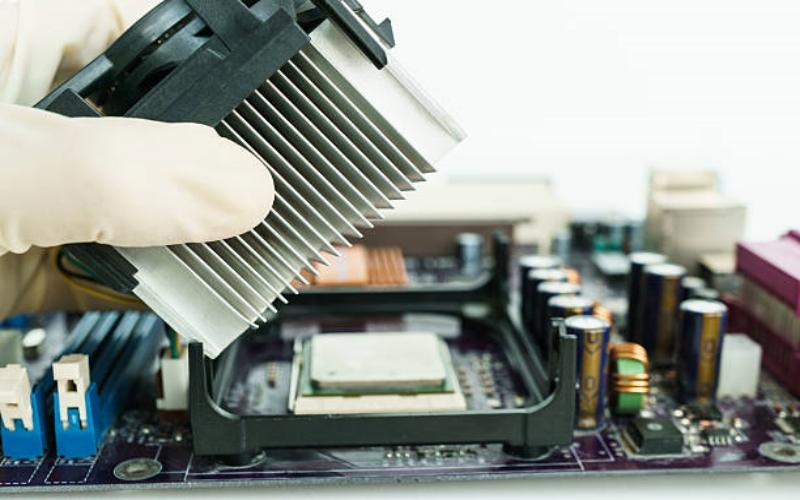The Importance of Thermal Management for High-Power LEDs
Thermal management plays a crucial role in the performance, efficiency, and lifespan of high-power LEDs. As these light-emitting diodes generate significant amounts of heat, proper heat dissipation is essential to prevent thermal degradation and ensure optimal operation. In this article, we will explore various aspects of thermal management for high-power LEDs, including the challenges involved and the strategies employed to overcome them.
Understanding Heat Generation in High-Power LEDs
High-power LEDs are capable of producing intense light output, but this also means they generate a substantial amount of heat. The primary sources of heat in LEDs are resistive losses in the semiconductor material and inefficiencies in the conversion of electrical energy to light. The heat generated can cause a rise in temperature, affecting the performance and reliability of the LED.
The Challenges of Thermal Management
Several challenges arise when it comes to managing the heat generated by high-power LEDs. First, the small size and compact nature of LEDs make it difficult to dissipate heat efficiently. Additionally, the thermal conductivity of the materials used in LEDs, such as semiconductors and package substrates, is relatively low. These factors combined can lead to a rapid increase in temperature, potentially reducing the lifespan and efficiency of the LED.
Effective Heat Dissipation Techniques for High-Power LEDs
Various techniques have been developed to address the thermal management challenges faced by high-power LEDs. One common approach is the use of heat sinks, which are designed to absorb and dissipate heat away from the LED. Heat sinks are typically made of materials with high thermal conductivity, such as aluminum or copper, and are often combined with thermal interface materials to enhance heat transfer.
Thermal Interface Materials: Enhancing Heat Transfer
Thermal interface materials (TIMs) play a critical role in improving heat transfer between the LED and the heat sink. These materials are applied between the LED package and the heat sink to fill any air gaps and ensure maximum contact for efficient heat dissipation. TIMs can be in the form of thermal pads, greases, or phase-change materials, each offering different thermal conductivity properties and ease of application.
Active Cooling Solutions for High-Power LEDs
In some cases, passive heat dissipation techniques may not be sufficient to manage the heat generated by high-power LEDs. This is where active cooling solutions, such as fans or liquid cooling systems, come into play. These solutions use forced convection to enhance heat transfer, effectively reducing the temperature of the LED and ensuring stable and reliable operation.
Thermal Management Considerations in LED Luminaire Design
When designing LED luminaires, thermal management should be a key consideration. The placement of LEDs, the design of the housing, and the incorporation of heat dissipation features all contribute to effective thermal management. By carefully designing the thermal pathway and optimizing the airflow within the luminaire, the overall performance and lifespan of the LED can be significantly improved.
Overcoming Thermal Challenges in High-Brightness Applications
High-brightness applications, such as automotive headlights or stadium lighting, pose unique thermal management challenges due to the high power levels and demanding operating conditions. In these applications, advanced thermal management techniques, including active cooling and advanced heat sink designs, are often required to maintain optimal performance and prevent premature failure.
The Role of Thermal Simulation in LED Design
Thermal simulation tools have become invaluable in the design and optimization of high-power LED systems. These tools allow engineers to predict and analyze the heat distribution within the LED, identify potential hotspots, and evaluate the effectiveness of different thermal management strategies. By using thermal simulation early in the design process, manufacturers can save time and resources while ensuring the reliability and efficiency of their LED products.
The Future of Thermal Management for High-Power LEDs
As high-power LEDs continue to evolve and become more prevalent in various applications, the need for effective thermal management becomes even more critical. Ongoing research and development efforts are focused on improving the thermal conductivity of LED materials, developing innovative heat dissipation techniques, and advancing thermal simulation tools. With these advancements, we can expect even better performance, efficiency, and longevity from high-power LEDs in the future.

